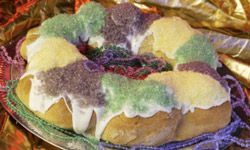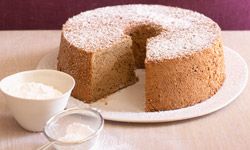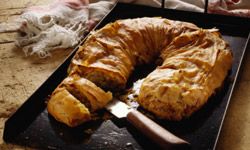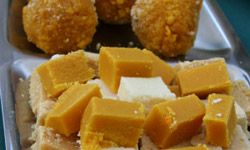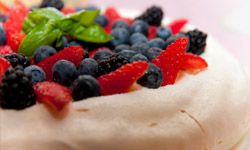We like to justify taking that extra piece of cake by saying, "It's basically bread, right?" Turns out we're right -- cake probably got its start in ancient Egypt when an enterprising bread baker added honey to his loaves. Since then, it's taken off, taking on its own unique look and flavor in regions all over the world. Different regions have their own baking styles, so some traditional cakes look more like bread ... or even cake's arch-nemesis, pie. But these confections are still part of the cake-baking tradition. The multi-layered, perfectly frosted confections we think of as "cake" are just the most recent trend in a practice that's been around for centuries.
Some of these traditional cakes are common favorites today, but a few might be new to you. They're all sweet treats, though, and any one of them would make an inspired addition to dessert at your next shindig.
Advertisement
